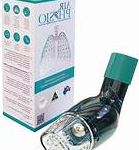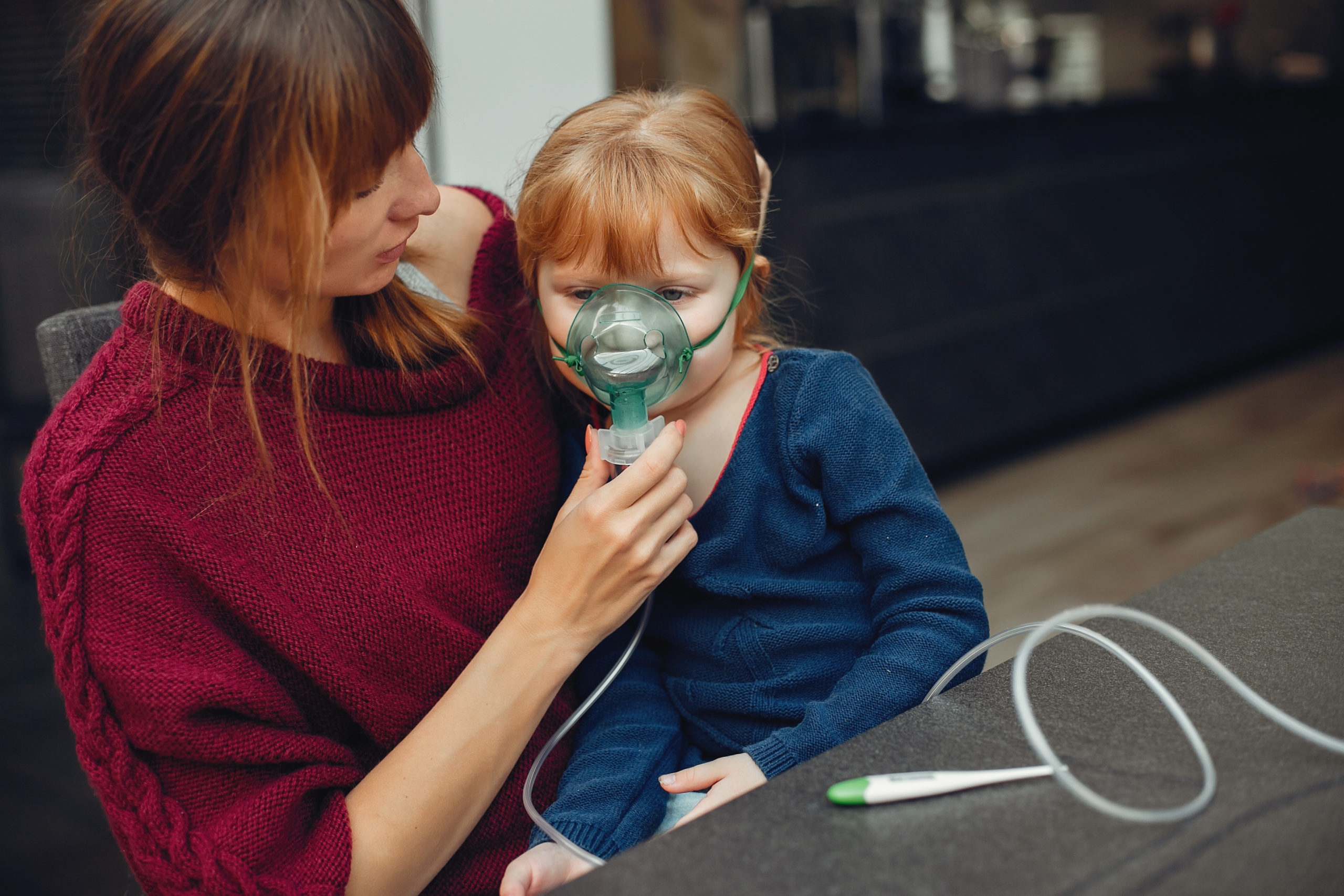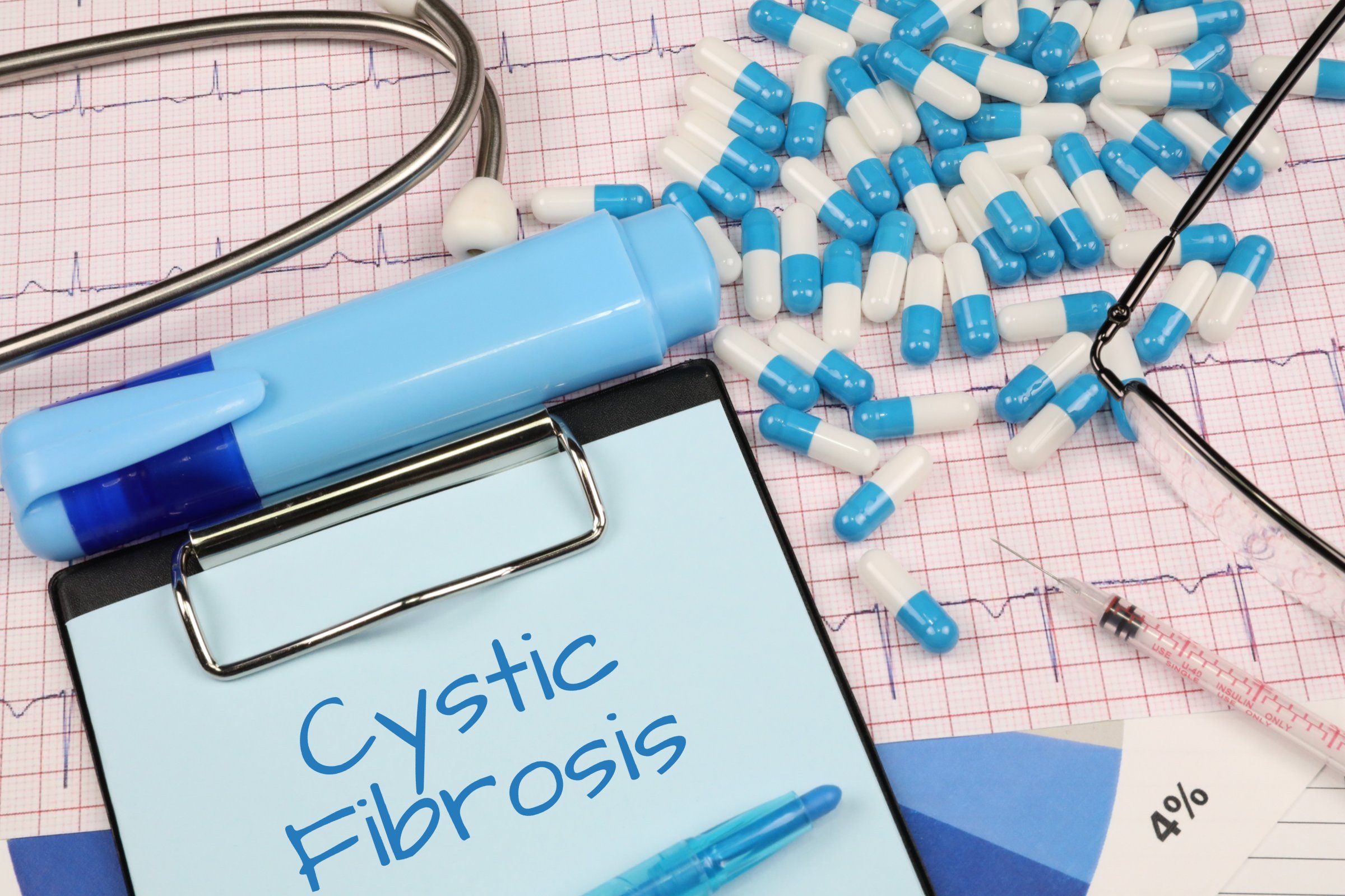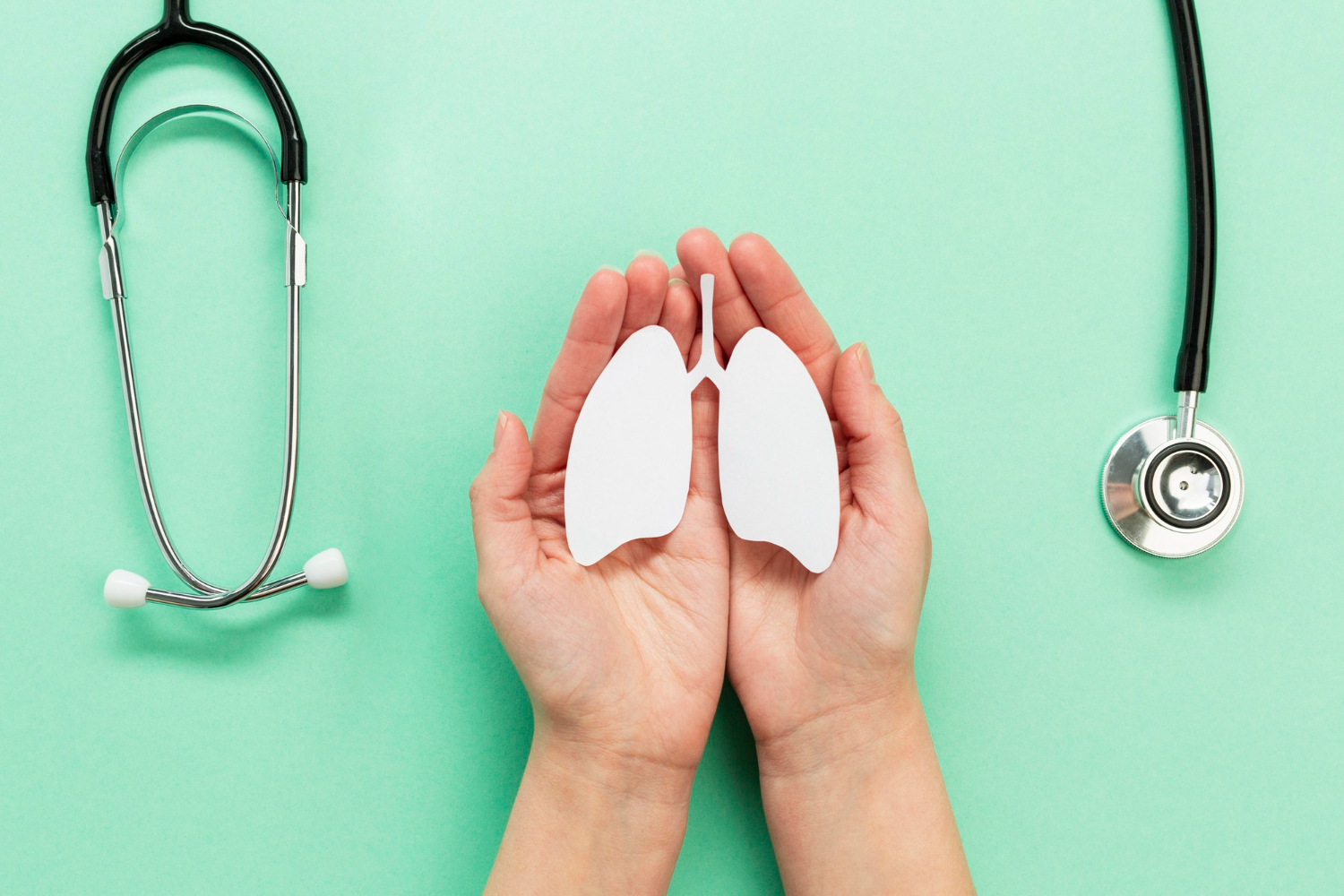Respiratory manifestations are a significant feature of Cystic Fibrosis. CFTR gene defect is associated with thickened respiratory secretions resulting in a vicious cycle of impaired clearance of the respiratory system, persistent upper and lower respiratory tract infection, and structural damage to the airways and lungs. Broad-spectrum pathogens are responsible for airway inflammation in cystic fibrosis, with Pseudomonas aeruginosa top-ranked. With increasing age, Pseudomonas aeruginosa becomes the dominant pathogen. Chronic pseudomonas infection is associated with a progressive decline in lung function, quality of life, and increased requirements for hospitalizations.
Because of this, strategies to fight against chronic pseudomonas infection have been a cornerstone of CF clinical care and research for many years. The main strategies were aggressive antibacterial therapy with high doses and long duration and anti-inflammatory treatment with long-term azithromycin. Still, inhaled antibiotics revolutionized the management of chronic pseudomonas infection. In the early 1980s, several investigations demonstrated that antibiotics could be delivered via inhalation. These works were followed by two large, placebo-controlled, randomized trials using a specially formulated tobramycin solution.
The use of Inhaled antibiotics allowed for achieving high concentrations of antibiotics at the site of infection with low risks of systemic side effects. Inhaled antibiotics are used to eradicate primary pseudomonas infection with systemic antipseudomonal antibiotics and chronic suppressive treatment in a pattern termed continuous alternating therapy with monthly cycling between two antibiotics.
Inhaled antibiotics have a long history of treating CF using intravenous formulations. The use of inhaled antibiotics has some differences worldwide, but all these regimens mainly target the same pathogen- Pseudomonas aeruginosa. The Food and Drug Administration currently approves two anti-pseudomonal inhaled antibiotics. US-tobramycin (TOBI, Bethkis) and aztreonam lysine (Cayston). Inhaled levofloxacin (Quinsair) has been approved in European Union and Canada. Inhaled colistin and tobramycin (TOBI, Bramitob, Gobbi) alternating therapy is used in Europe. Intravenous formulations of amikacin, meropenem and inhaled ceftazidime are included in Royal Brompton Hospital treatment protocols. Off-label inhalation regimens with intravenous gentamycin are used as cost-effective therapy in low and middle-income countries. Nebulized gentamycin combined with systemic antibiotics has comparable efficacy to other inhaled antibiotics in eradicating Pseudomonas infection.
Special devices are used to inhale antibiotics called nebulizers (PARI nebulizers) .The Inhalation of antibiotics is done as a routine after inhalation of the mucolytic agent (3-7% saline, dornase alfa, bronchitol), followed by the airway clearance (physiotherapy with airway clearance techniques, flatters, pep devices, air physio device)



The use of inhaled antibiotics was one of the greatest challenges of cystic fibrosis in the 21st century.
Hope this helps!
Best regards,
Satenik Haroutunyan, Pediatric department N1, Muratsan University Hospital



